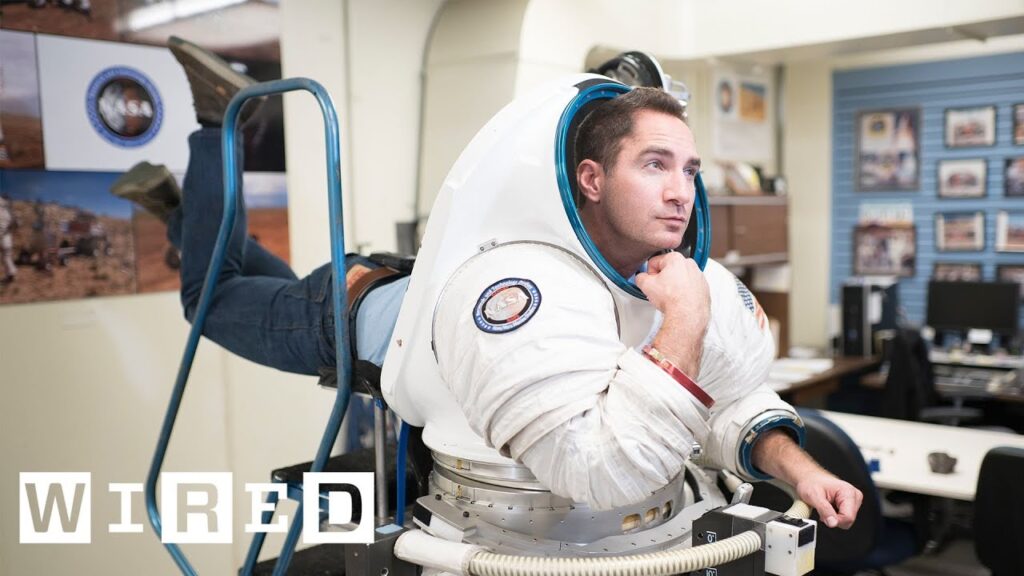Coffee Expert Answers Twitter’s Burning Questions
Summary
In this article, we will explore the answers provided by James Hoffma, a coffee expert, to various questions asked on Twitter regarding coffee. He covers topics such as the effect of roast on caffeine, making espresso without a machine, the best climate for growing coffee, and the differences between various coffee drinks.
Table of Contents
- Does the Roast Affect Caffeine Content?
- Is Good Instant Coffee Possible?
- How is Decaffeinated Coffee Made?
- Ideal Temperature for Brewing and Drinking Coffee
- Can Espresso be Made Without a Machine?
- Why Does Coffee Make You Need to Go to the Bathroom?
- Milk and Sugar in Coffee
- Cold Brew vs. Iced Coffee
- Best Climate for Growing Coffee
- Coffee to Water Ratio
- Grinding Your Own Coffee Beans
- Differences Between Lattes, Cappuccinos, and Flat Whites
Does the Roast Affect Caffeine Content?
One of the questions asked was whether the type of roast affects the amount of caffeine in coffee. Hoffma explained that the roast density varies and, therefore, the type of roast does not affect the amount of caffeine in coffee.
Is Good Instant Coffee Possible?
Another question was whether good instant coffee exists. Hoffma responded that good instant coffee exists, but the quality depends on the raw material used. He also mentioned that instant coffee is made by brewing coffee and then removing the water, leaving behind the soluble coffee solids.
How is Decaffeinated Coffee Made?
Hoffma explained that coffee beans do not grow decaffeinated and that the decaffeination process occurs after harvest. There are different methods of decaffeination, including the Swiss Water Process, Direct Process, and Indirect Process.
Ideal Temperature for Brewing and Drinking Coffee
The ideal temperature for brewing coffee is close to boiling point, according to Hoffma. However, he also mentioned that drinking coffee tastes better when it cools down a bit, as the flavors become more pronounced.
Can Espresso be Made Without a Machine?
One question asked was whether it is possible to make espresso without a machine. Hoffma clarified that the correct spelling is “espresso” and that it is a type of coffee that can only be made with a machine due to its specific requirements for temperature and pressure. However, there are other coffee-making tools such as Aeropress and Moka Pot that can make strong coffee.
Why Does Coffee Make You Need to Go to the Bathroom?
The reason why coffee can cause a sudden need to go to the bathroom is still not fully understood, according to Hoffma. However, it is believed to be related to a hormone response triggered by coffee consumption.
Milk and Sugar in Coffee
Hoffma explained that milk in coffee can act as a bitter blocker and add sweetness, while sugar does not decrease bitterness. He also mentioned that the amount of milk and sugar added to coffee is a matter of personal preference.
Cold Brew vs. Iced Coffee
Hoffma explained that cold brew is made with cold or room temperature water and steeped for a long time, while iced coffee is hot coffee brewed strong and rapidly chilled over ice. Cold brew is generally less complex and interesting, but some people prefer it for its taste and stomach benefits.
Best Climate for Growing Coffee
The best climate for growing coffee is at higher altitudes with warm sunny days and cool evenings, according to Hoffma. This slows the maturation process and results in a denser and more complex coffee bean. Island coffees, like those from Hawaii, also have a matching climate due to the cool sea breeze in the evenings.
Coffee to Water Ratio
Hoffma mentioned that there is no correct answer to the coffee to water ratio, but a guideline is 60 grams of coffee per liter of water or a ratio of one part coffee to 16 parts water. However, the ratio can be adjusted based on personal preference.
Grinding Your Own Coffee Beans
Grinding your own coffee beans makes a huge difference in taste and aroma, according to Hoffma. He recommended using a burr grinder, which produces a consistent grind size.
Differences Between Lattes, Cappuccinos, and Flat Whites
Hoffma explained that lattes, cappuccinos, and flat whites all have different histories and strengths. The cappuccino is the oldest and strongest, while the flat white has the texture of a latte but the strength of a cappuccino. The amount of espresso, milk, and foam varies in each drink.
Conclusion
In conclusion, James Hoffma, a coffee expert, provided insightful answers to various questions asked on Twitter regarding coffee. From the effect of roast on caffeine to the best climate for growing coffee, his responses shed light on many aspects of coffee that are often misunderstood.







